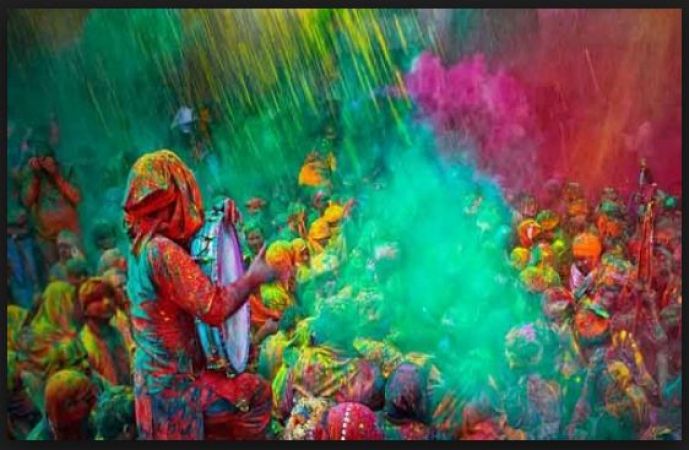
Ranga Panchami is a Hindu festival celebrated just five days after the colourful festival of Holi. It is observed on the ‘Panchami’ (5th day) of the Krishna Paksha (the waning phase of moon) during the ‘Phalgun’ month of the Hindu calendar whereas in the Gregorian calendar this occurrence corresponds to the months of February-March. Ranga Panchami is also celebrated in a colourful manner that is marked by throwing ‘gulal’ (red fragrant powder) and splashing of colored water.
also read ‘When Komolika Meets Komolika’: Hina Khan shares series of pics with Urvashi Dholakia
It is worth mentioning here that the word ‘Rang’ signifies ‘color’ while ‘Panchami’ refers to the 5th day and henceforth in some places across the country, Holi is also played on Ranga Panchami. According to the Hindu mythology, Ranga Panchami is symbolic of victory over ‘raja-tama’, which is the barrier to spiritual advancement. It is celebrated with full fervour in the states of Madhya Pradesh, Maharashtra and some regions of North India. In Maharashtra it is celebrated as ‘Shimgo’ or ‘Shimga’ and is characterised by the traditional Palkhi dance. It is observed mainly by the members of fishing community and involved dancing, singing and merry-making. In temples of Vrindavan and Mathura, the celebration of Rang Panchami culminates the festivities of Holi.
Rituals during Ranga Panchami:
The celebrations of Rang Panchami resemble much like Holi. This day is marked by playing colors with friends and families.
On this day Hindu devotees also worship Lord Krishna and Goddess Radha. They perform puja rituals to pay homage to the divine unison between Krishna and Radha.
also read Priyanka Chopra Jonas another Pregnancy seems appearance from her brother's Roka ceremony, isn’t it?